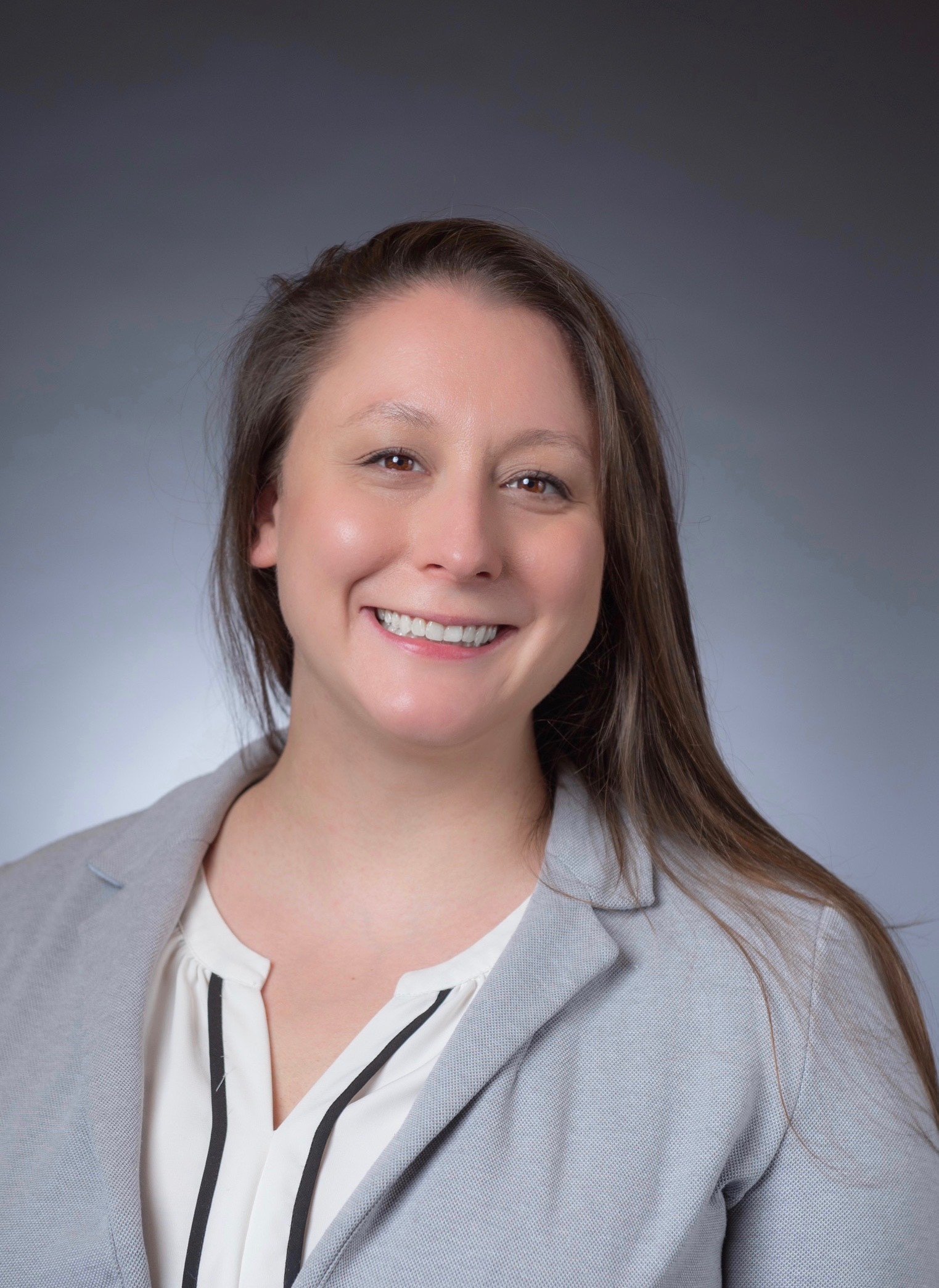
The 2020 election cycle set a record for voter turnout. Preliminary estimates show that more Americans— about two-thirds of eligible voters— voted in 2020 than in any other election in U.S. history. And in every single community, child care was on the ballot in the positions of the officials elected. In addition, in some communities child care, early learning or support for children and families were directly on the ballot, and in many of these cases, there was robust support.
This blog reviews two ballot measures passed in November 2020 for the first time in Multnomah County, Oregon and in St. Louis, Missouri. What separates these two measures from others is their potential to impact early learning from birth to age five. While these initiatives address a number of needs, they specifically are not just focused on preschool for three and four-year olds. Both initiatives were community-based efforts led by a diverse coalition that includes families and early childhood educators. Planning for these measures didn’t happen overnight but are the result of multi-year efforts to bring several sectors and stakeholders together to gain widespread support. And most importantly, these measures consider the diverse needs of the families, children and child care providers within their communities as a core part of their development.
Each community will require different approaches, but advocates can explore these initiatives to learn more about their success and lessons learned, as well as share these examples with their local policymakers.
Multnomah County’s “Preschool for All” Initiative
In Oregon, Multnomah County passed measure 26-214 “Preschool for All” with 64 percent of the vote to provide universal preschool for all of the county’s three and four-year old children by 2030. The plan first prioritizes access for children who currently experience the least access to preschool opportunities, including Black, indigenous and all children of color, and then aims to reach universal coverage by 2026. The initiative also includes other key components to support child care and early learning throughout the county.
The program will be funded by a progressive, two-tiered income tax increase on high earners in January 2021. The tax increase varies by income levels over $125,000 and joint/individual filing status. For the program to reach its full potential, the tax has the potential to be marginally increased again in January 2026 by the Multnomah County Board of Commissioners. The measure is expected to generate $133 million for the program in 2021 and, once fully phased-in in 2026, will eventually raise $202 million a year to support an increase of 7,000 preschool slots.
Beyond universal access to preschool, the plan builds upon lessons learned from measures passed in other states over the years. One ramification of previous well-intended initiatives to establish universal preschool is that it has financially squeezed child care providers from being able to offer infant and toddler care. As a result, the supply of infant and toddler care significant decreases and becomes even more unaffordable for families. To prevent this from happening, Multnomah County included an infant and toddler slot preservation fund, which will provide investments up to $25 million per year—about 10 percent of the measure’s annual revenue—once the program is fully phased-in.
Key to the initiative is its emphasis on sustaining a living wage for early childhood educators and investing in workforce development. Preschool teachers will be paid on par with kindergarten teachers and assistant teachers will be paid a minimum of $18 per hour. The Preschool for All plan places importance on collaborating with existing providers and facilitating ongoing professional development and pathways to higher education for providers.
One of the most important components of this measure is its community-based roots and that families of color were at the center of decision making through the county’s Parent Accountability Council (PAC). Their inclusion in the development of this proposal has shaped the plan so that it is responsive to the diverse needs of all families. The plan prioritizes access to children who currently the least access and offers a range of programming options that are culturally responsive and offered in multiple settings. Even further, the PAC ensured the plan promotes inclusive learning environments for all children and bans the suspension and expulsion of young children.
St. Louis, Missouri’s Proposition R
With 56 percent of the vote, St. Louis approved a local initiative to pursue a six-cent property tax increase to raise $2.3 million annually for early childhood programs and services. The initiative was established based on the lack of local, dedicated public funding within the city for early childhood programs. Funding will be equitably allocated with guidance by the St. Louis Mental Health Board to programs serving birth to-five-year-olds in the city’s most divested communities. Like Multnomah County, the campaign to pass the proposition was led largely by a grassroots coalition of Black women and community members, including parents and early childhood educators dedicated to increasing access and quality of early childhood programs and services.
The funds may be used for a variety of purposes to ensure quality early childhood education programs. This includes, but is not limited to technical assistance, professional development, data collection, social emotional trainings, and wage increases for providers. To ensure a wide range of programming is available to meet the diverse needs of families, funds will be available to a variety of child care settings, including home-based care.
Ballot initiatives can be one way to advance policies that support children, families, and early learning. Learning from these successes in Oregon and Missouri can help start your advocacy. Use Child Care Aware® of America’s advocacy resources to continue your efforts.





